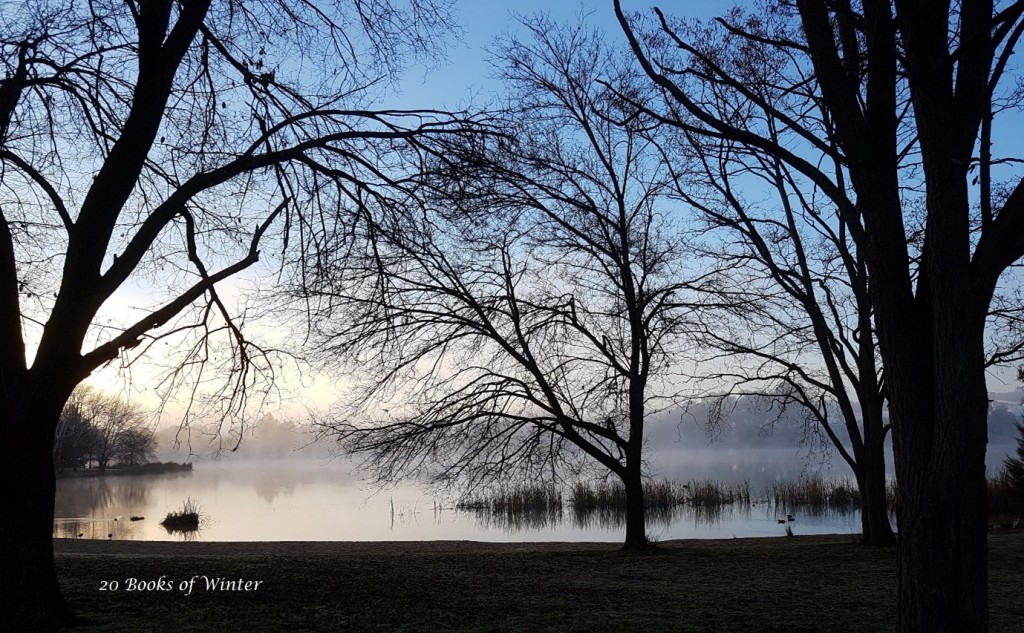
‘The World Was Silent When We Died’
The symbol of the short-lived Republic of Biafra (1967-1970) was half of a yellow sun. In this novel, set in the 1960s and encompassing the civil war between Biafra and Nigeria, we follow events through five main characters. Those characters are four ethnically Igbo people: Olanna and her twin sister Kainene, Odenigbo and his house boy Ugwu. The fifth main character is Richard, an expatriate Brit who has moved to Nigeria to explore Igbo pottery.
The novel starts quite slowly, introducing the characters and setting the scene. Odenigbo is a professor at the University of Nigeria in Nsukka. Ugwu, from a small village, is thirteen years old when he moves in as Odenigbo’s house boy. Olanna and Kainene are the daughters of an influential businessman. Olanna, Odenigbo’s lover, moves into his house. Kainene and Richard also become lovers.
In the beginning, all seems quite comfortable. Ugwu is fiercely loyal to Odenigbo and Olanna, both of whom encourage him to learn. Kainene manages a company for her wealthy, influential father. But Nigerian independence, shaped by British colonial rule with little regard to cultural and tribal differences or territory, results in conflict. Trouble brews between the Hausa and the Igbo people, hundreds are killed in massacres and the Republic of Biafra is established by the Igbo.
This is where the novel becomes uncomfortable and confronting. Olanna, Odenigbo and their daughter, called ‘Baby’, and Ugwu are forced to flee from Nsukka. They end up in the refugee town of Umuahia where food is in short supply and air raids are frequent. There is conflict, too, between Olanna and Kainene but they do reconcile. Ugwu is conscripted, Baby becomes ill. And all around are children suffering and dying from malnutrition. Anyone around my age or older will remember the haunting images of famine and children suffering with kwashiorkor (a disease marked by severe protein malnutrition and bilateral extremity swelling).
As the story switches between the period leading up to the war and the war itself, I gained a better understanding of both the characters, the factors leading to the war and the devastation caused as a consequence.
I finished the novel, with its ambiguous ending, wondering whether Kainene, who left to trade across enemy lines, survived. We do not know. I finished the novel saddened by yet another example of colonial destruction.
I picked up this novel as part of my personal exploration of books by African authors, inspired by Bill at The Australian Legend’s Project 2024 – Africa. Thanks, Bill, for opening up a new world to me.
Jennifer Cameron-Smith
Book 4 of 20 Books of Summer Winter
